Boat Photography and Boat Sales
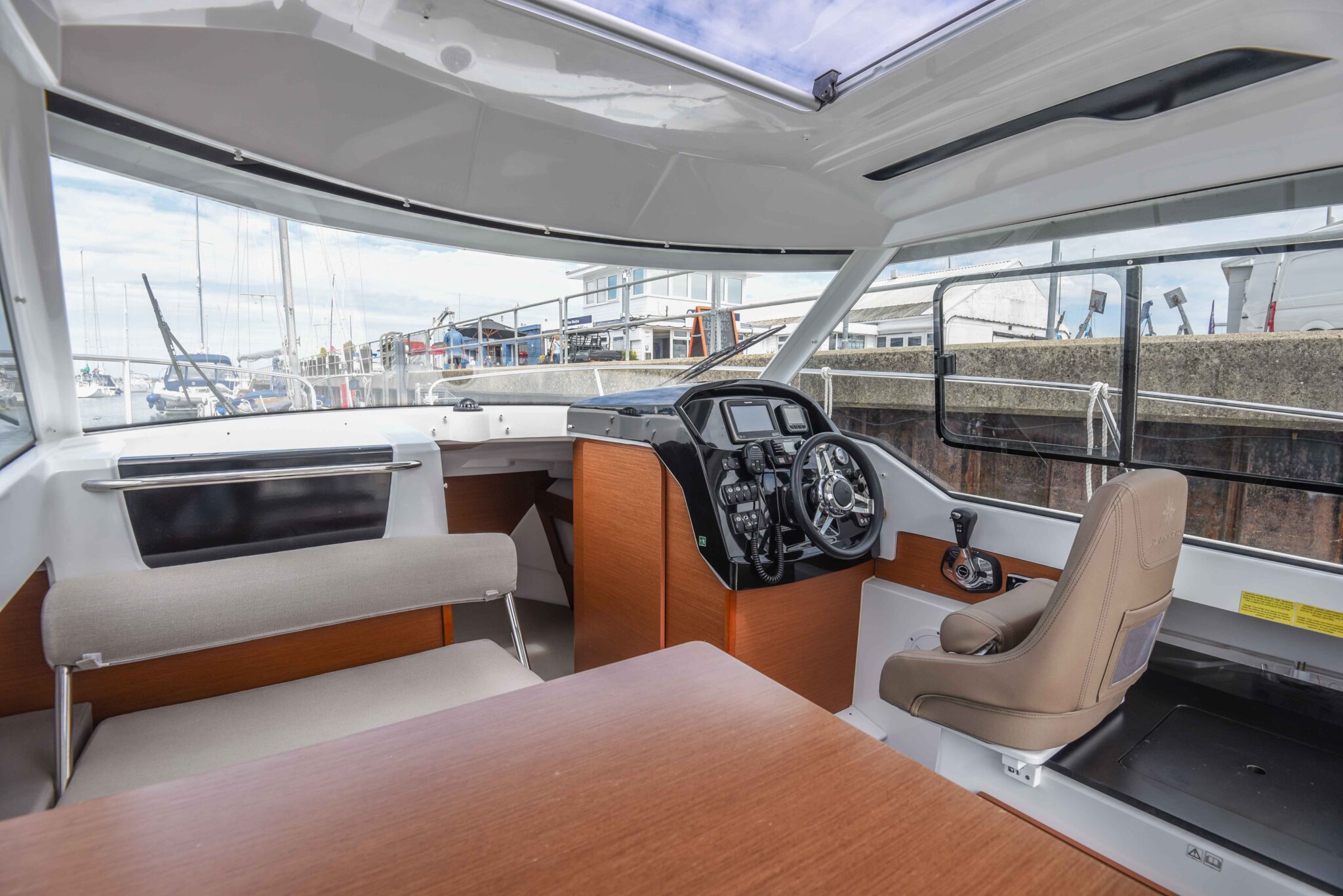
Since as long as I can remember I have loved photography.
Being a passionate photographer I cannot tell you how much over the years I have been dismayed by the quality of the photography by brokers selling boats, not only poor.. in many cases it was and still remains terrible!
Far too often I would see my biggest bugbear of all… the classic broker using his phone in a mirror! Yes, they still exist!
House and boat Photography… how have they changed?
Let’s look at estate agents for a moment. Several years ago photographs of houses were often equally bad. Estate agents using wide fish eye lens to create the effect that rooms were huge, I have seen examples where single beds look like doubles! For the most part this practice has now ended and competition has driven up the quality.
Most quality estate agents are now either very well trained in photographing houses themselves or they employ dedicated photographers to photograph their houses, I know this as I have been used to do just this for estate agents. The marine industry, however, has failed to modernise and examples of poor photography are abundant, particularly when it comes to selling boats
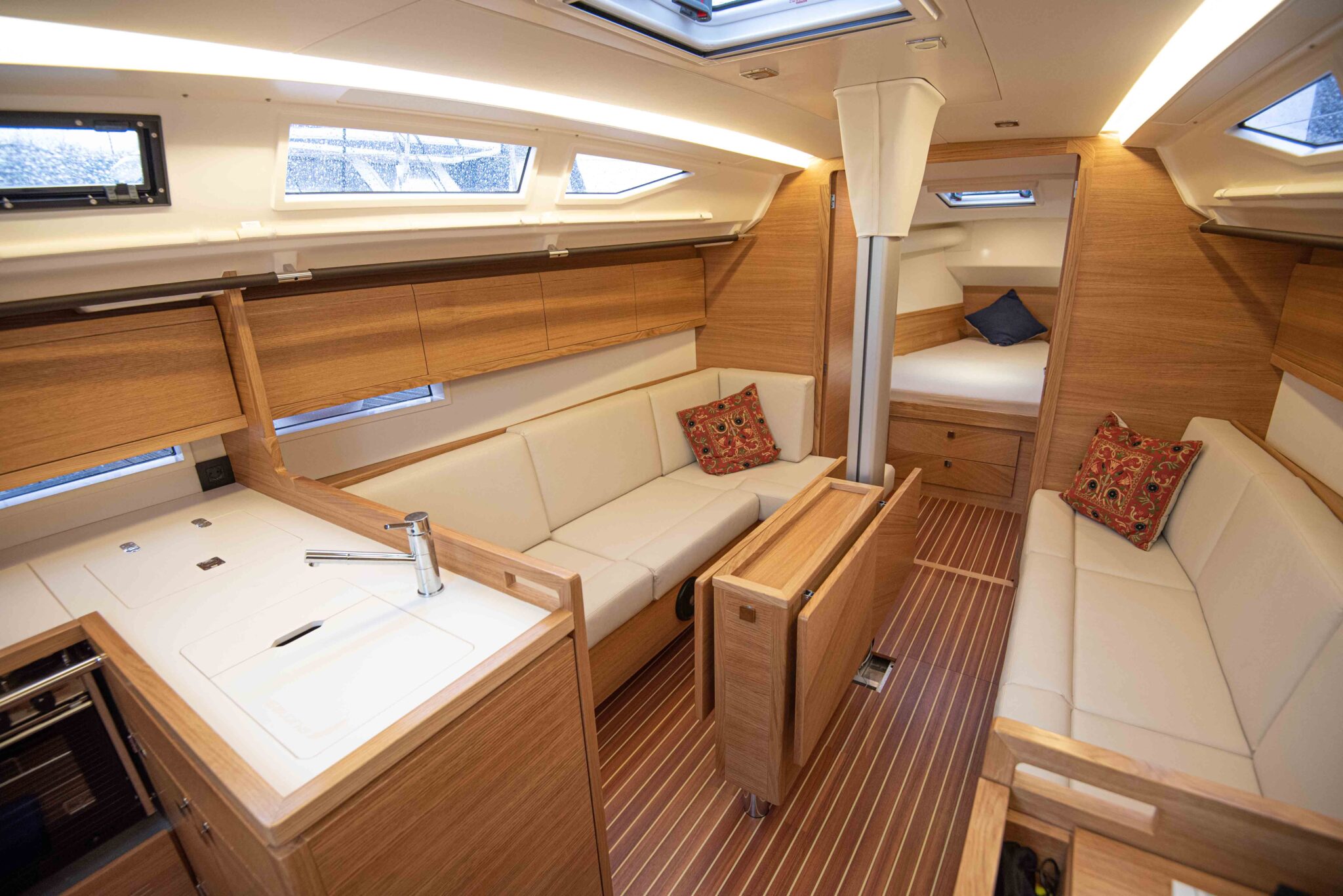
Interior Images
When shooting the interior of a boat it is important to photograph the boat from eye level and using the right lens that mimics the human eye in terms of field of view.
There is absolutely no point in using an ultra-wide-angle lens to show off the interior of a boat, yes you may get more viewings but these will only ever start with disappointment and probably include the statement many boat sellers and users of Tinder must hear over and over again “It looked so much bigger in the picture…”
We photograph all of the key areas, inside cupboards, showing bilge access, inside lockers and in sailing boats so often people seem to forget to take images of one of the single most expensive single item on the boat that also sits within the interior in most cases, the engine.
Exterior Images
Make sure when photographing the boat on the mooring that all parts of the exterior are photographed and if the boat comes with covers it is best to show all of the different cover combinations in the images.
Exterior images are often easier to take but do think about the setting. On the marina berth is fine but how much more powerful would it be to show an image or two of your boat motoring along or under sail in their natural environment.
We make a point of not only photographing your boat when out on the sea but we also put together videos for you of the boat that also includes drone work on every listing.
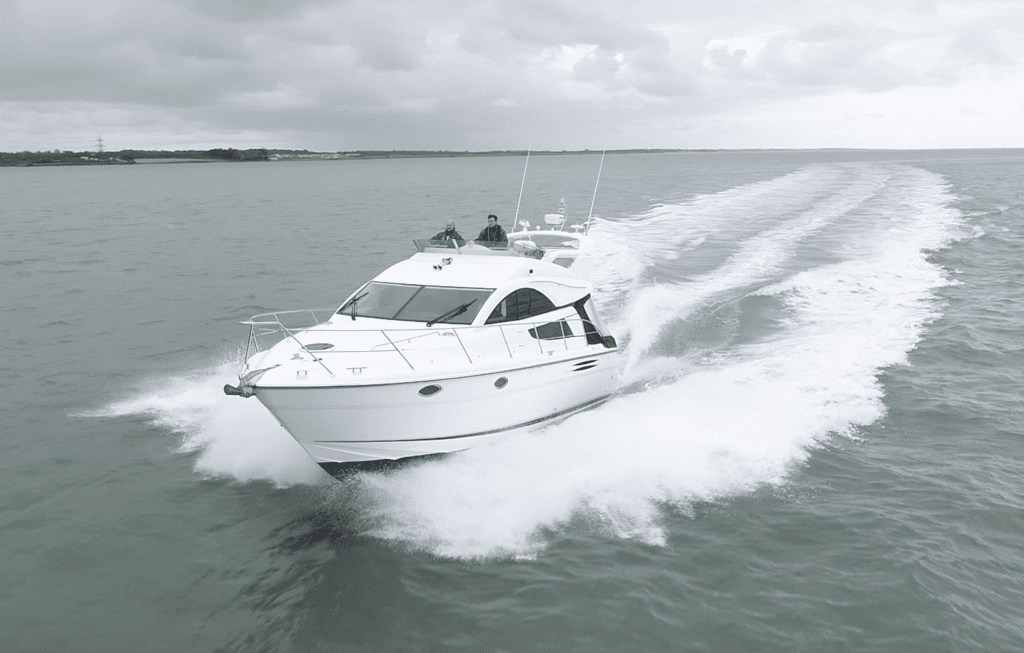
Action Shots
These are best achieved with a chase boat or a drone. This is where what we offer really comes into its own, we use a mixture of our Cobra 8.2 RIB as a chase boat and also Aerial shots from a drone. We then use all of this footage to compile one of our adverting videos such as this one (YOUTUBE LINK)
Technical Stuff
I didn’t want to get too technical with this article but while writing I have found it hard to stay away from some of the detail, bear with me, I am not a technical person but I do understand a little about photography so will try and keep it as simple as possible J
If you ask any professional photographer what the most important element is to taking quality images is then, the answer will always come backlight.
Light causes problems on both ends of the spectrum, too little light and too much!
Let me put this into content with boats, you have a lot of light sources on boats, windows, hatches at various angles and artificial lights. Managing a shot with light coming from so many different directions is tough. If you do not expose a photograph properly it is hard to rescue as you end up with bright white areas where no detail can be rescued.
Generally speaking, it is better to underexpose an image as it is easier to rescue detail from shadows than bring back elements of the images that are too bright.
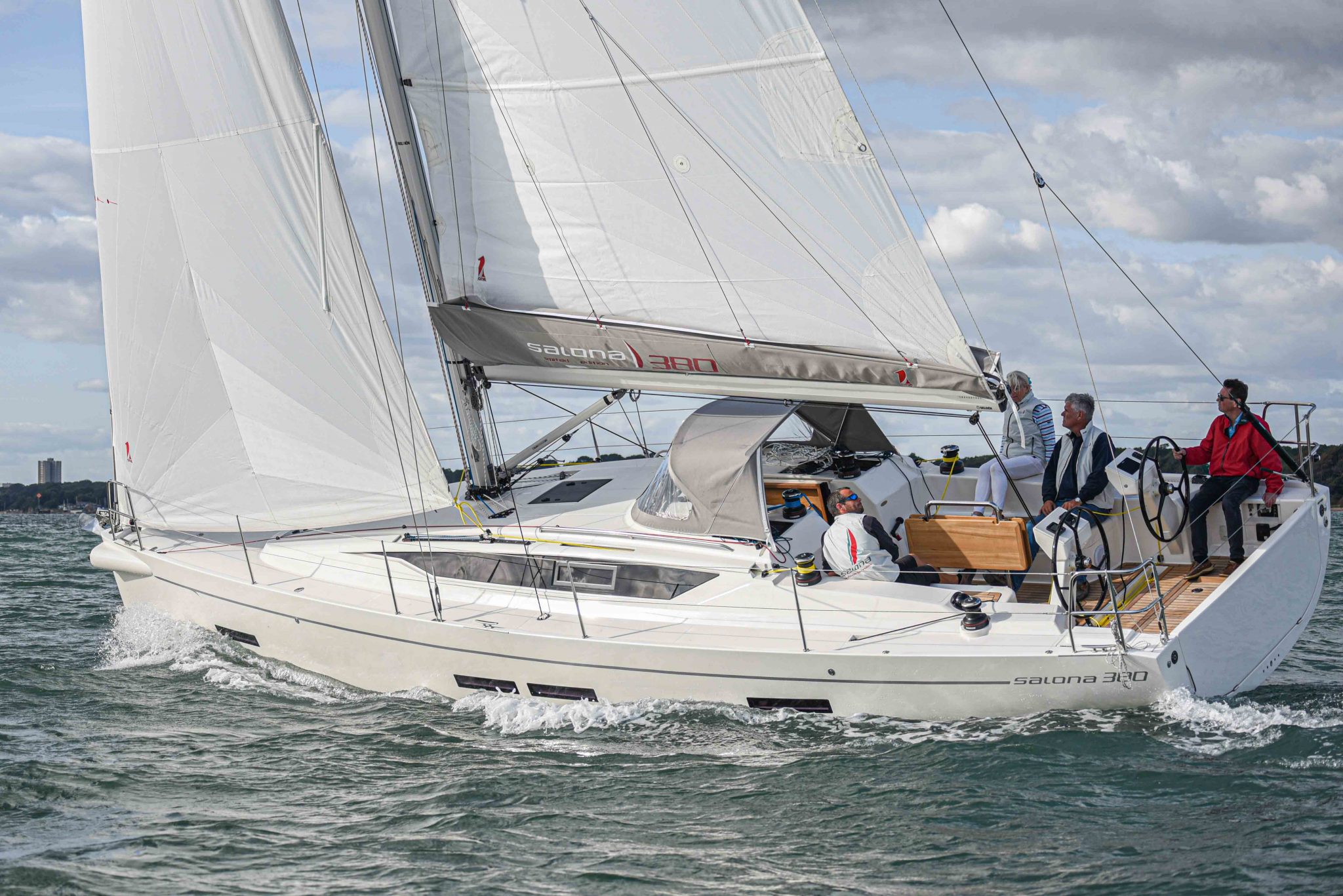
Camera Settings
There are three core elements to a photograph, Aperture, Shutterspeed and ISO.
Aperture – Think of your eye, in bright light your pupils are small, in the dark they are large. The inside of a camera has a mechanical pupil called an aperture inside. You can control this to suit dark or light conditions.
When it is dark you might need to select an aperture of f2.8 or lower (Smaller numbers mean the larger the hole) and in bright conditions, you might need to make the aperture larger by selecting something like an f11 to close up the aperture.
As well as controlling the light entering in this also controls focus. If you took a close up image of the galley area with an f2.8 aperture then the gallery will be sharp and in focus but the rest of the cabin would be out of focus and softer if you used an f22 aperture the galley would be in focus and so would the rest of the cabin.
Shutterspeed – This does exactly what it says on the tin, controls the speed of the shutter. In simple terms, this is how long your camera opens the shutter and allows light inside. On a bright sunny day 1/1000 could be used, this means the shutter is open for 1000th of a second to capture the image.
On a dark day, you might need 1/60, on this setting the shutter is only open for a 60th of a Second. (any lower than 1/60 then a tripod is often needed to hold the camera steady)
Using a fast shutter speed is also much better at freezing time. If you want an action shot of the boat showing the spray in crisp clear images then use a fast shutter speed to freeze the action such as 1/2000, using a slow shutter speed would create a blur in the wake as the water has moved by the time the shutter opens and closes, slow shutter speed for action shots would be 1/200 and below.
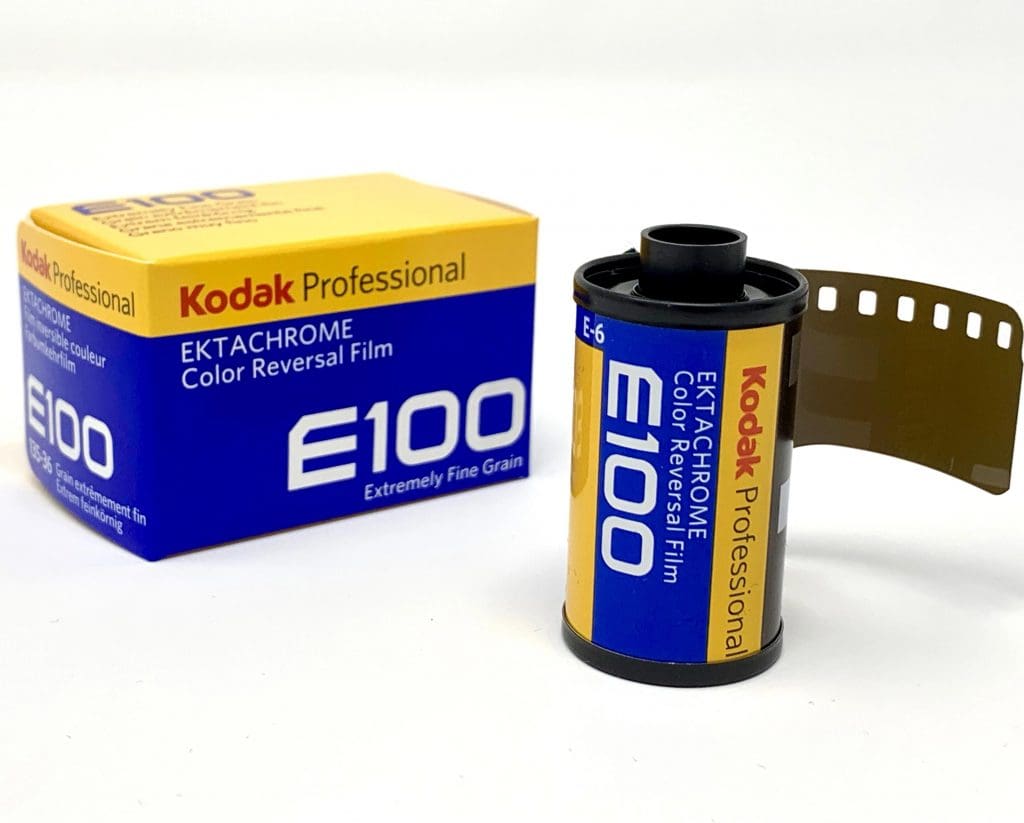
ISO – Changing the ISO changes the sensitivity of the sensor to light. In the good old days of film the ISO was fixed by the film, it would say in on the box, in modern cameras you can change this manually.
The lowest setting in 100 and the highest depends on the camera, my main camera can shoot to 51,200.
An ISO of 100 would be used in bright conditions and an ISO of 51,200 would be used in almost darkness to lighten the image but will increase the grain or noise in the image.
What all this means for Photographing boats
So often even the best brokers and private boat sales are using phones to capture images of boats they are selling, that’s right you are selling an asset worth potentially hundreds of thousands of pounds and more and yet are using a dusty phone just pulled out of their pocket
When you use your mobile phone to take an image the sensor on the phone is very small. In very well lit areas or landscapes the phones now can take stunning images.
In dark cabins not so much!
The cameras cannot take enough light into the sensor so they automatically lift the ISO levels so they become noisy and you have no control over this.
I mentioned the word control in the last sentence, this is critical in photography, the ability to control the 3 key elements above is what separates an average photographer from an award-winning one.
You have to use the right tools for the right job, to photograph a boat properly you need to have a DSLR camera where you can manually control the key elements and produce images that are worthy of the investment you have already made in your boat.
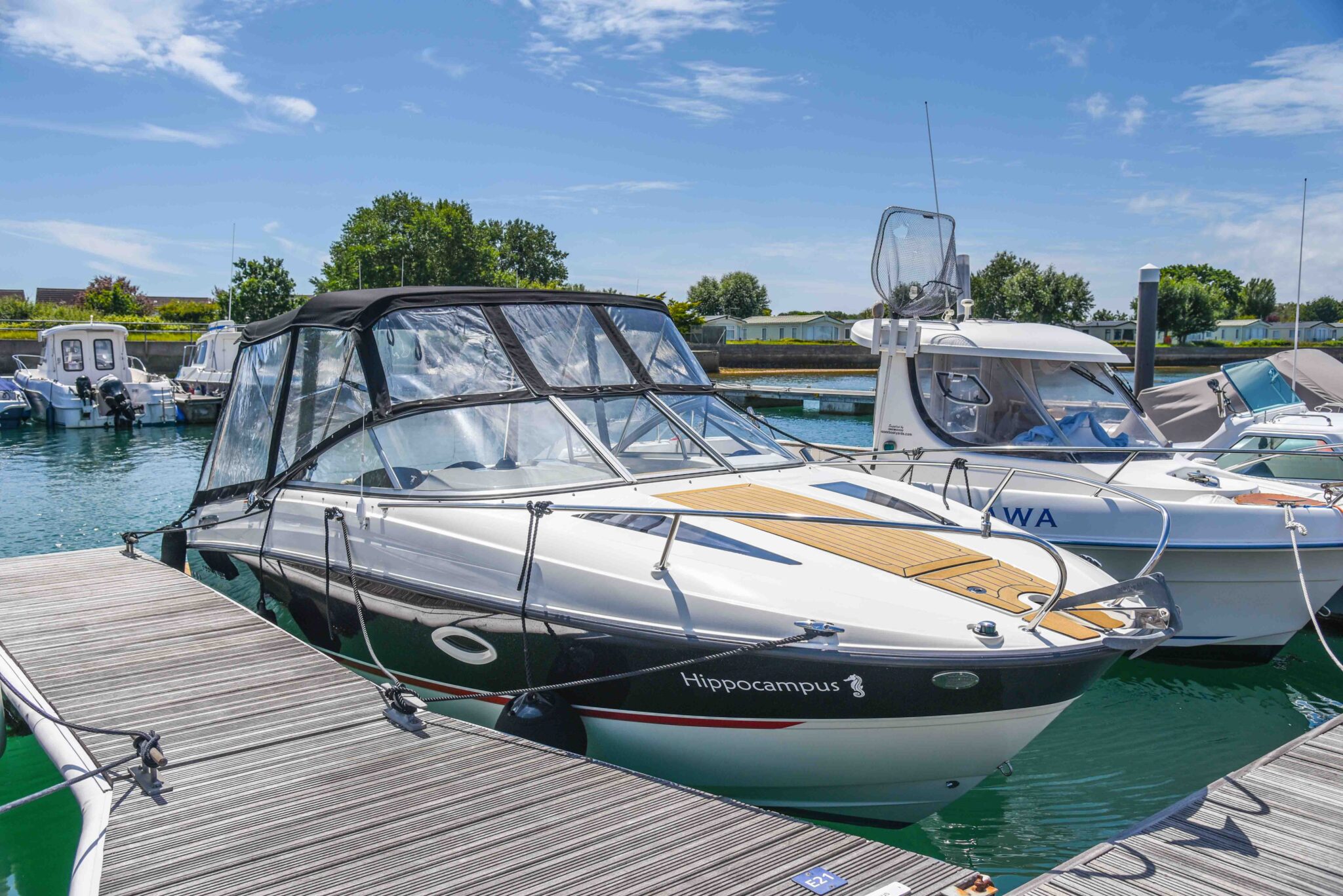
If you would like to discuss any parts of this article with us to get some tips for photographing your boat for sale please just get in touch or of course if you would like us to capture your boat ready for sale or just to take images of your pride and joy then please get in touch.
